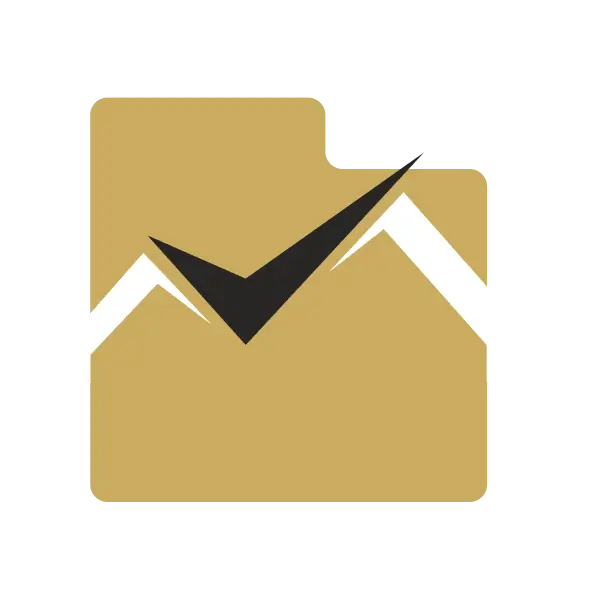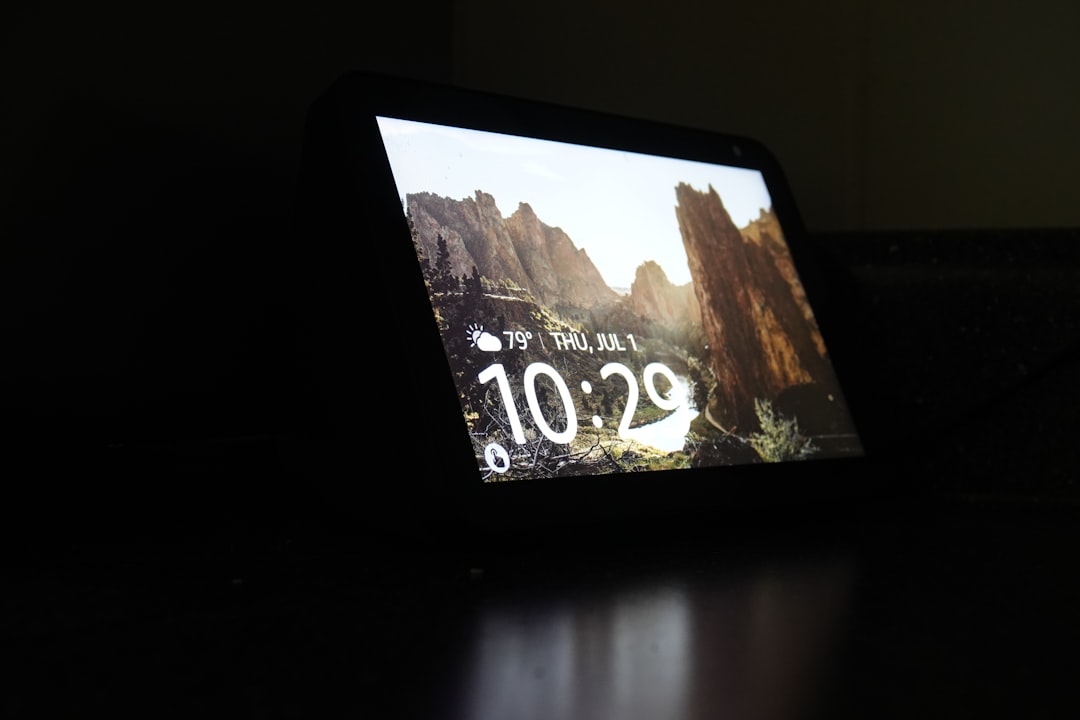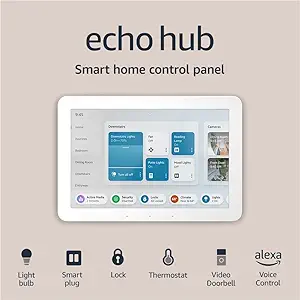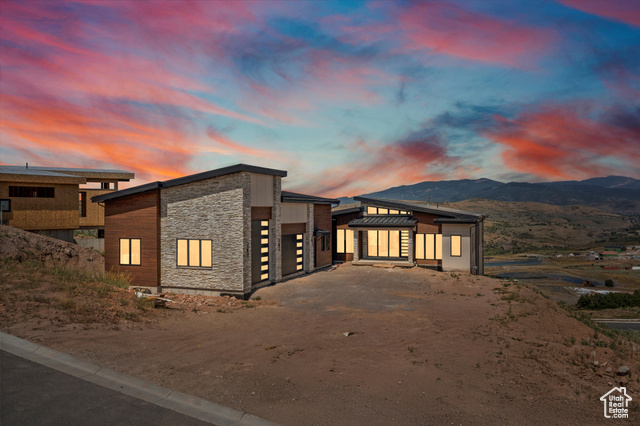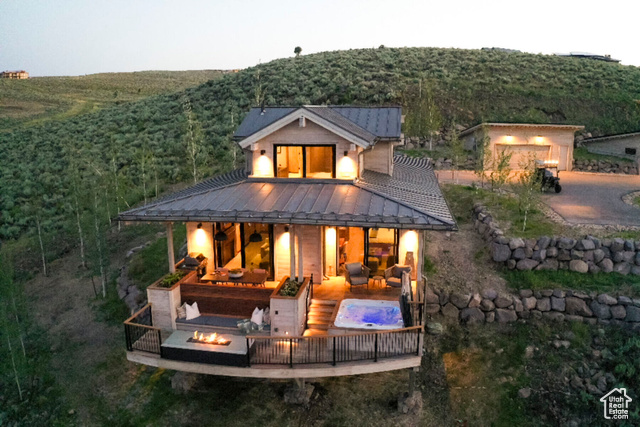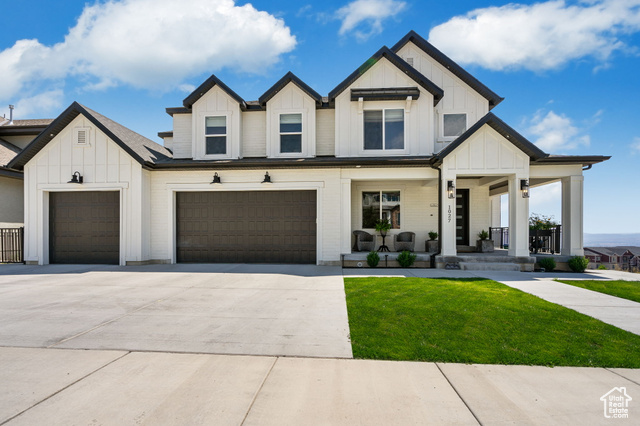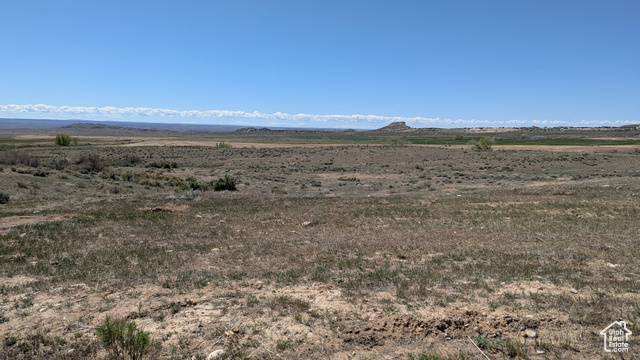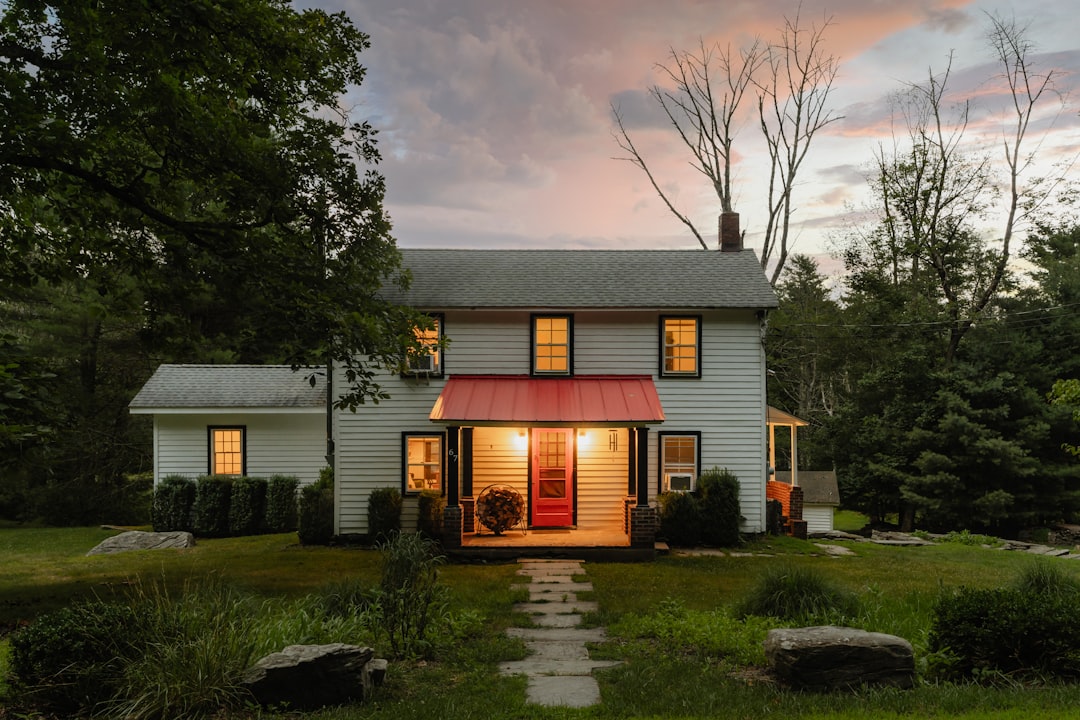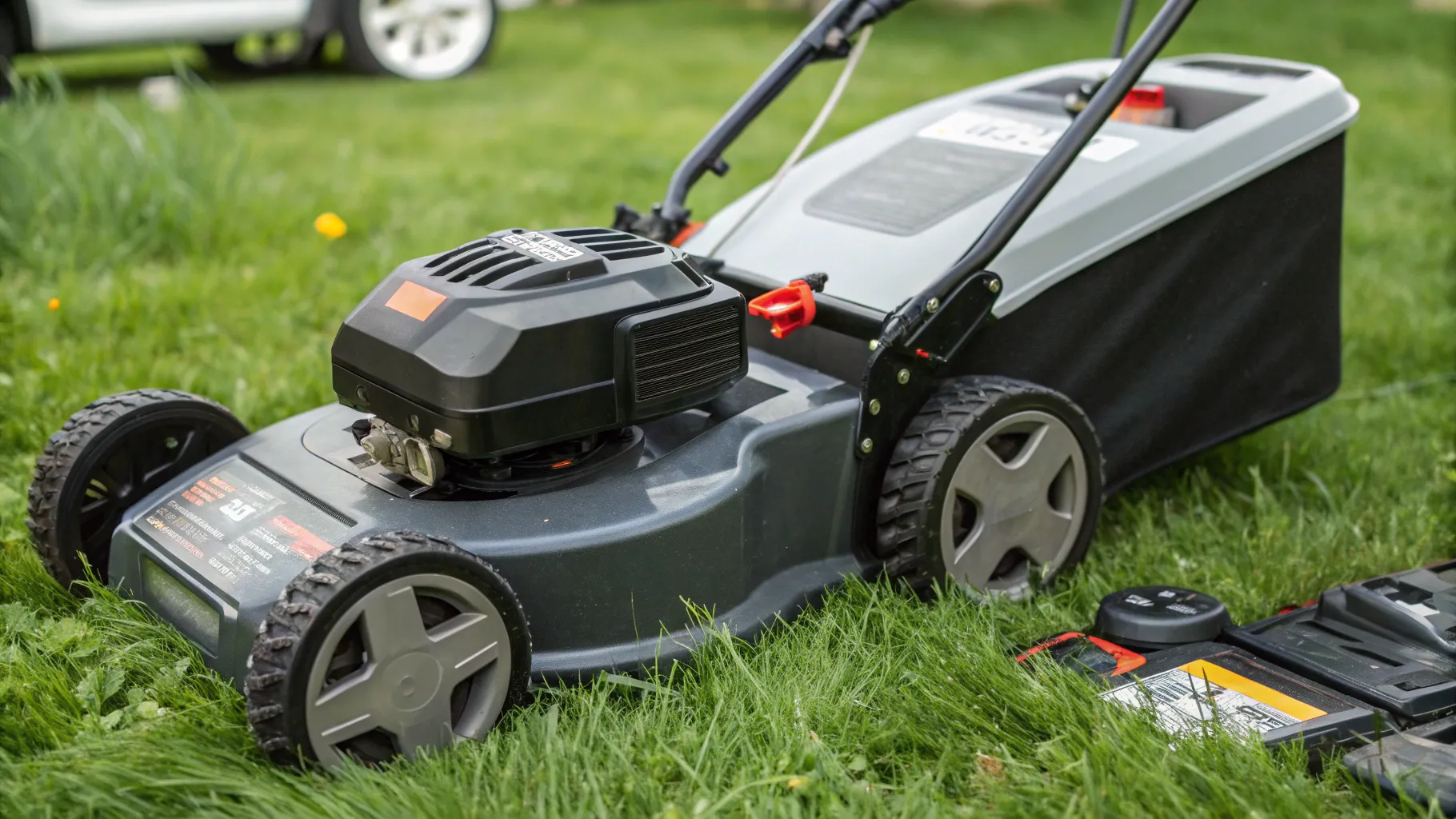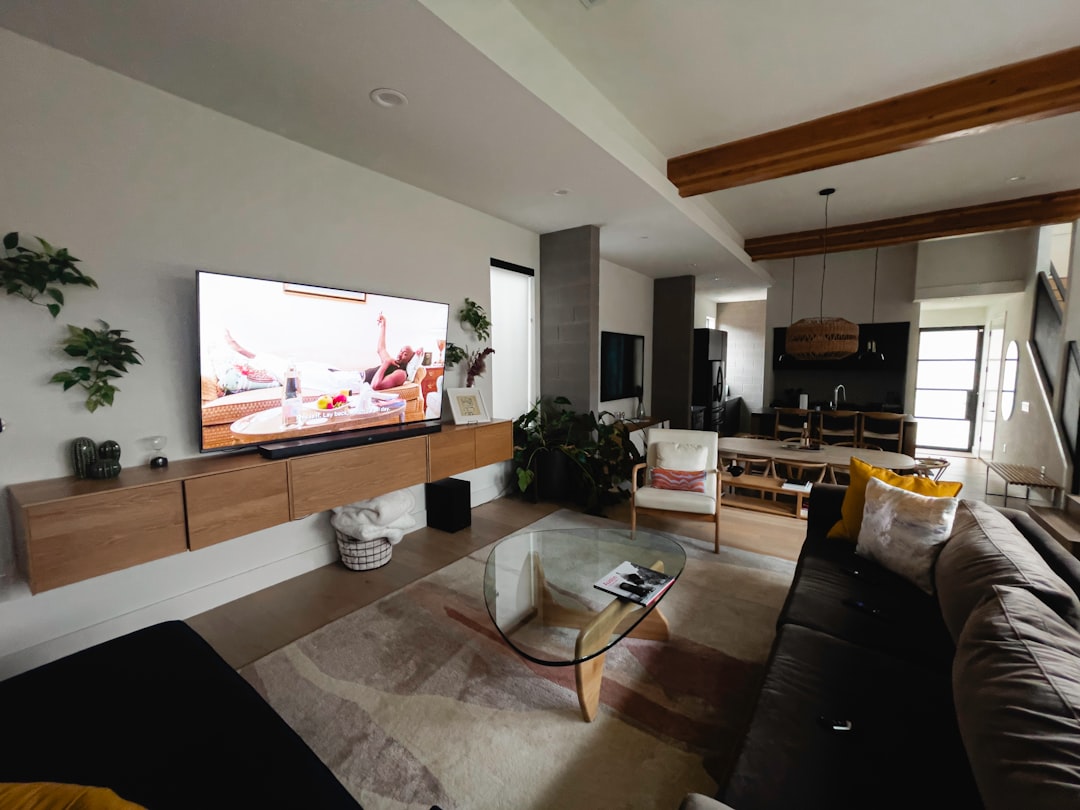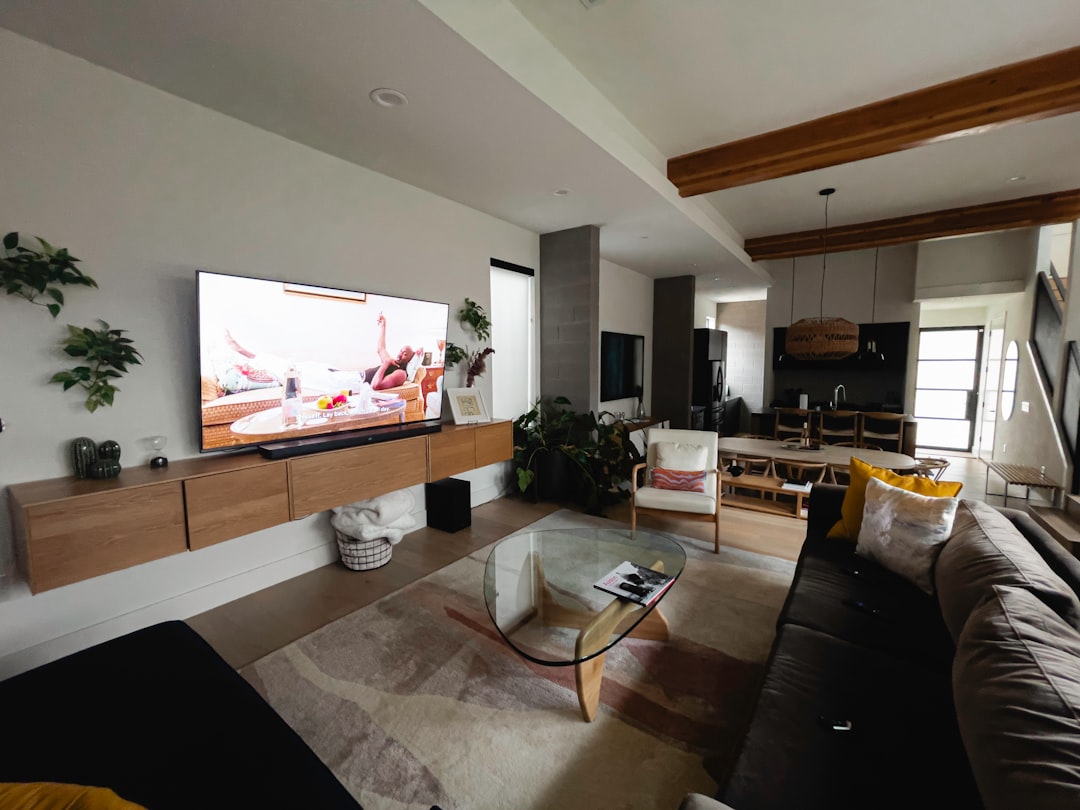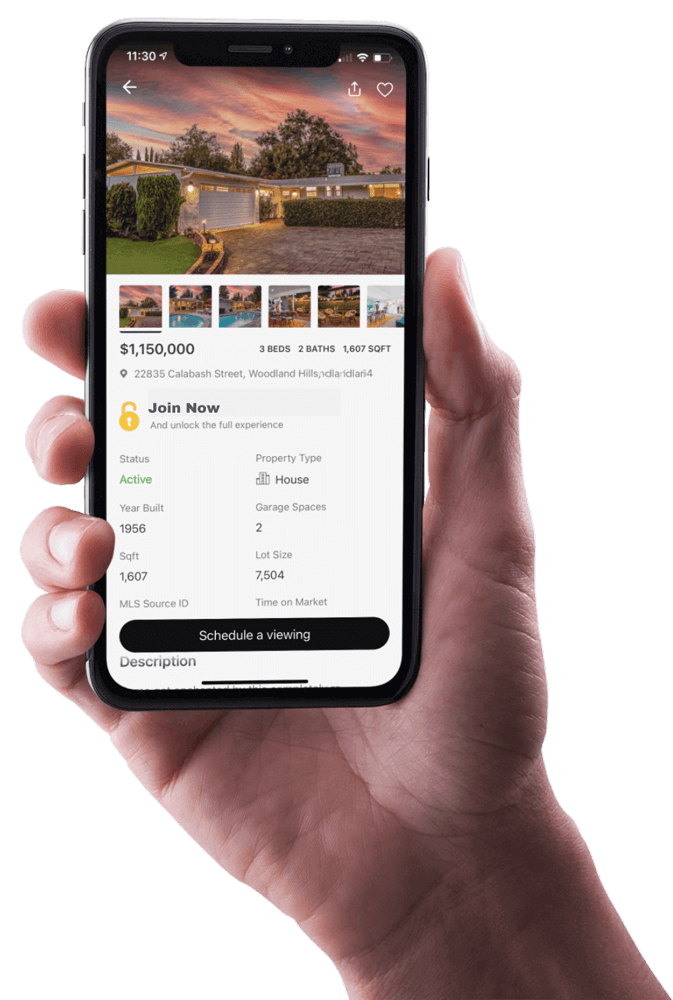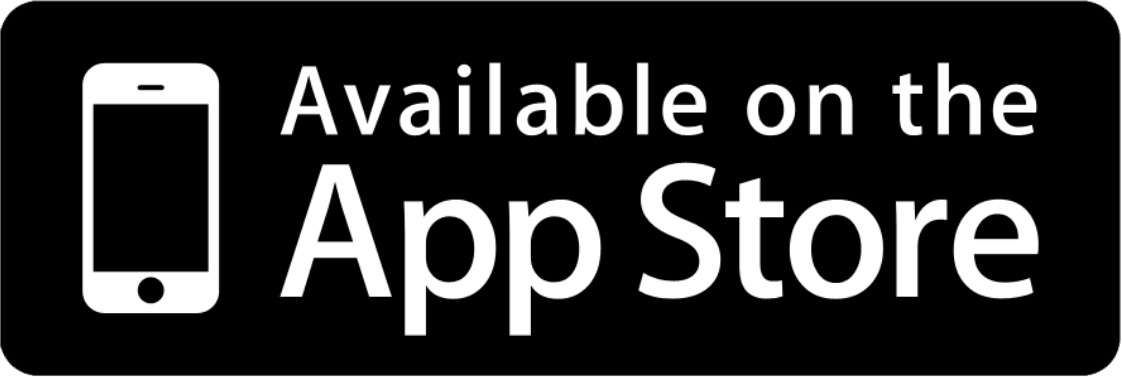Permanent outdoor LED puck lights are transforming how homeowners approach seasonal lighting, architectural accenting, and year-round curb appeal.
Smart home enthusiasts have long awaited a dedicated device to seamlessly manage their connected gadgets, and the Amazon Echo Hub aims to fill that gap. With its recent release, this 8-inch smart home dashboard offers a fresh approach to home automation control. While it brings notable features and some innovative design choices, it also faces a few performance and usability challenges. This review dives into the Echo Hub’s hardware, software, and overall functionality to help homeowners and renters understand if it’s the right addition to their smart home setup.
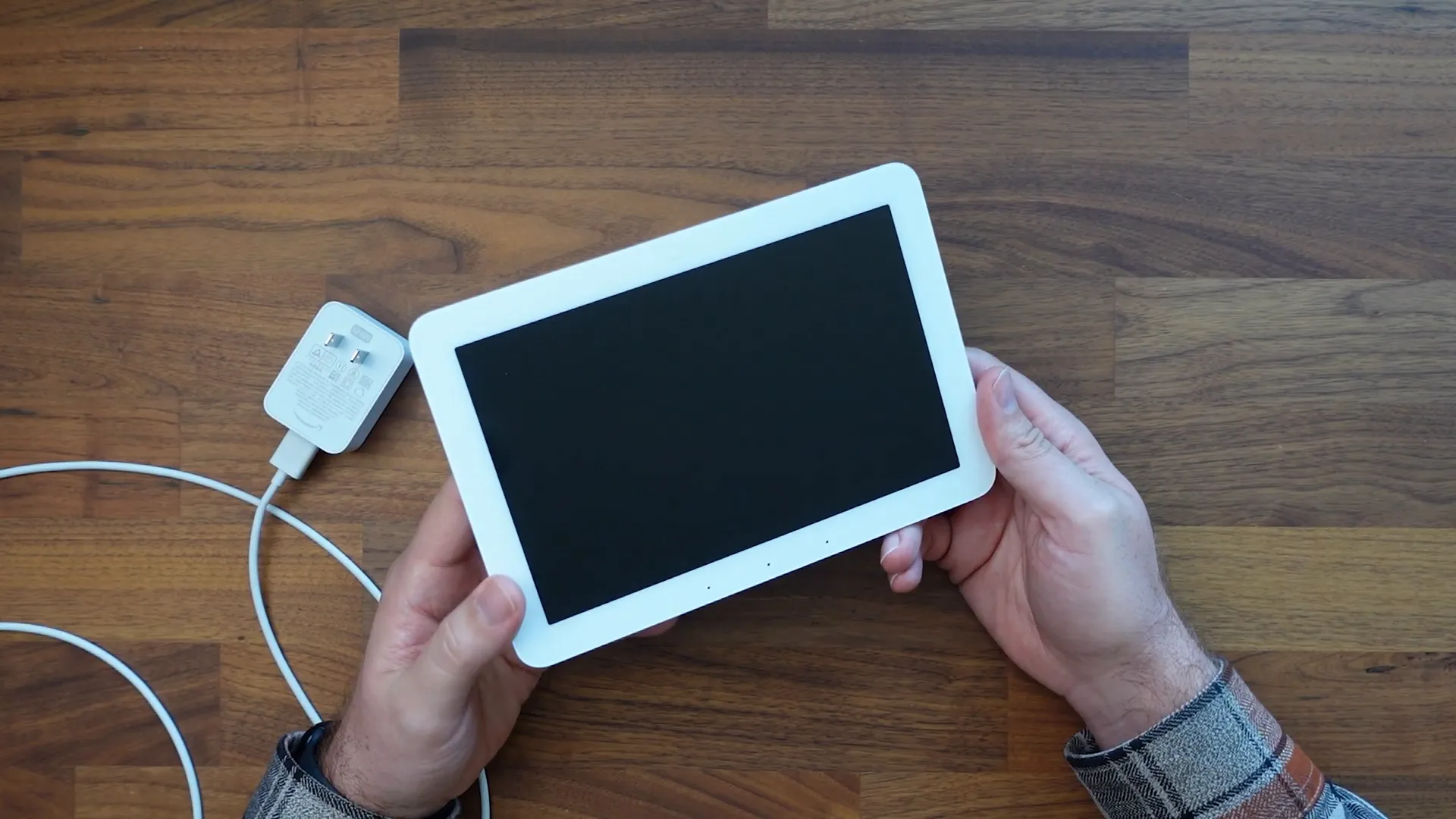
Echo Hub Hardware Overview
The Echo Hub sports an 8-inch display framed by a large white bezel, consistent with Amazon’s Echo device design language. Notably, this device does not include a camera, which may appeal to privacy-conscious users. It features a small sensor at the top, likely for presence detection, and is equipped with four microphones—three on the front and one on the back—to ensure clear voice recognition from multiple directions.
Power options are modernized with USB-C connectivity, and the Echo Hub supports
through compatible adapters, offering flexible installation possibilities without relying solely on a power outlet. The device also has built-in cable management, helping keep installation neat and unobtrusive. Physical controls include a mute button and volume adjustment buttons on the side, complemented by top-firing speakers for audio output.Installation and Placement Tips
While the Echo Hub comes with a stand for tabletop use, wall mounting is often the preferred solution for many homes, allowing the device to function as a permanent smart home control panel. The device’s lightweight build makes it easy to mount securely without heavy-duty hardware. For temporary setups or renters who want to avoid wall damage, using double-sided sticky tape on the mount bracket provides a practical, damage-free solution.
Positioning the device slightly below eye level can create an ergonomic interaction point. Cable management behind the device ensures a clean look, maintaining aesthetic integrity in living rooms, kitchens, or home offices.
User Interface and Smart Home Control
The Echo Hub operates through an interface populated by the
, meaning all smart home devices and routines must be configured in the app before appearing on the dashboard. The main screen displays home routines and rooms, allowing quick navigation to specific areas of the house to control connected devices.Users can tap individual devices such as lights to toggle them on or off and adjust brightness levels. The interface supports controlling multiple devices simultaneously, for example, dimming all office lights with a single slider. However, color control options for smart bulbs are limited to preset colors without a full color wheel, which may restrict personalization for ambiance lighting.
Thermostat and Climate Control
The dashboard includes thermostat controls for compatible devices like Nest, allowing temperature adjustments and fan control directly from the screen. However, it currently lacks the ability to switch between heating and cooling modes through the interface, requiring voice commands for that function. This limitation may affect users looking for full manual control from the device itself.
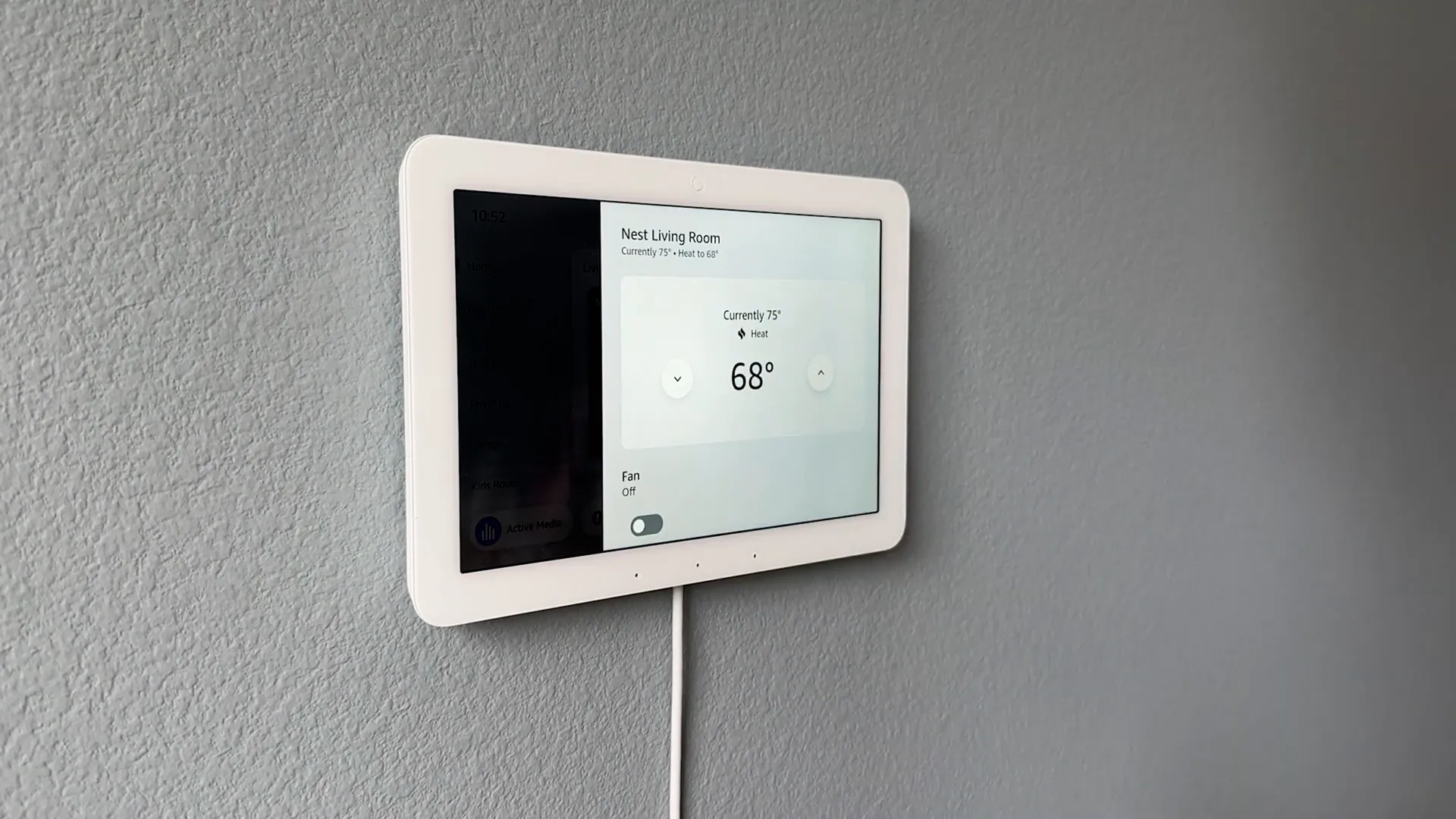
Cameras and Security Integration
The Echo Hub supports smart security cameras, with particular emphasis on Ring cameras due to Amazon’s ownership of the brand. The dashboard shows snapshots of recent activity and can display live feeds in full screen or multi-view modes. Users can customize which cameras appear and in what order, prioritizing key areas like entryways or backyards.
Voice commands enhance camera control, enabling users to request views of specific areas without navigating menus. The image quality for live feeds is notably crisp, providing clear visuals for monitoring home security.
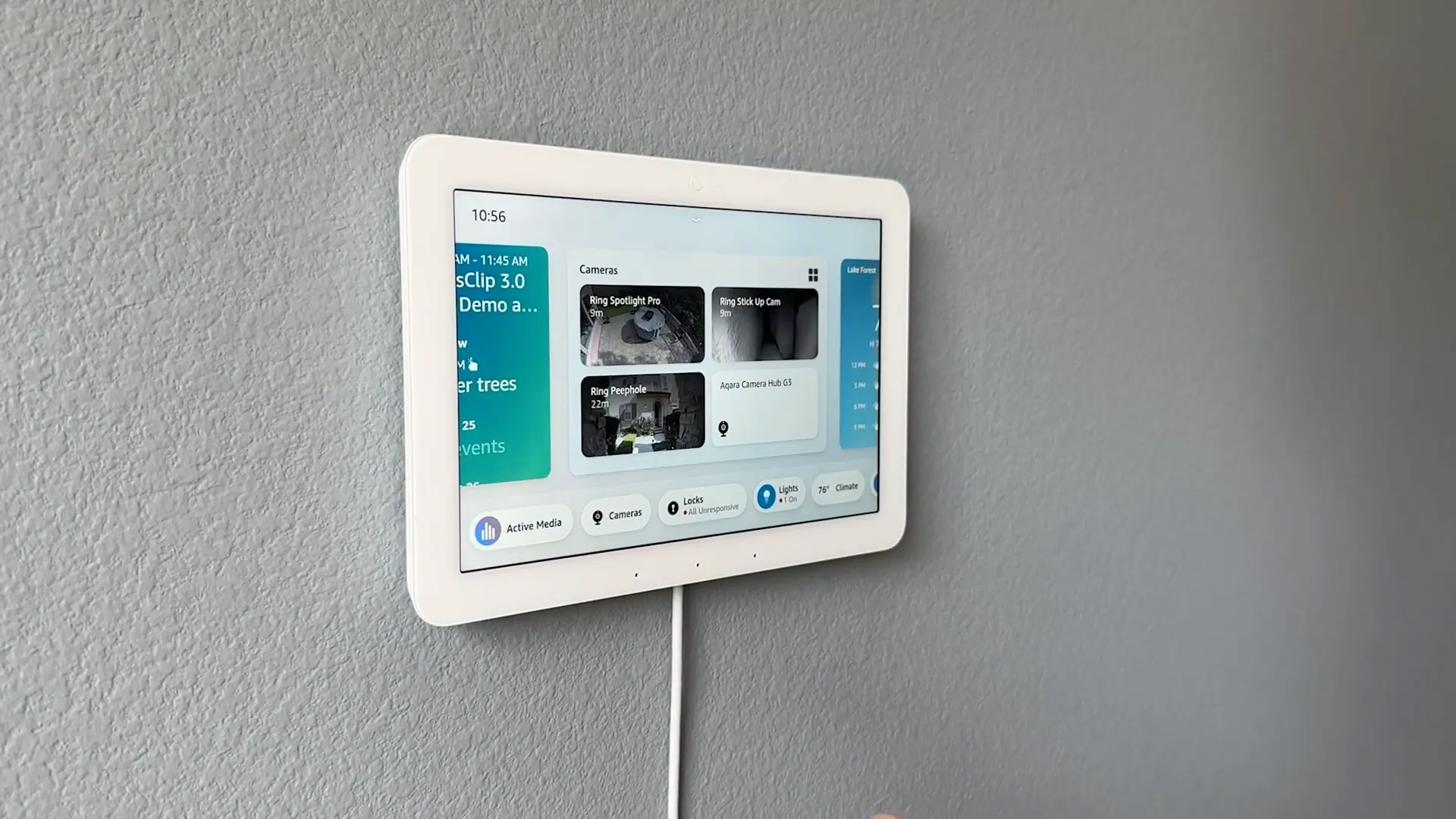
Widgets and Customization
The Echo Hub offers a widget-based layout where users can add, remove, and rearrange various widgets such as smart home controls, music, weather, and editorial content. Favorites can be set up through the Alexa app and prioritized on the dashboard for quick access.
However, the widget rearrangement experience is somewhat buggy and sluggish. Drag-and-drop functionality lacks smoothness, and widgets sometimes revert to original positions unexpectedly. This aspect of the user interface is expected to improve with future software updates.
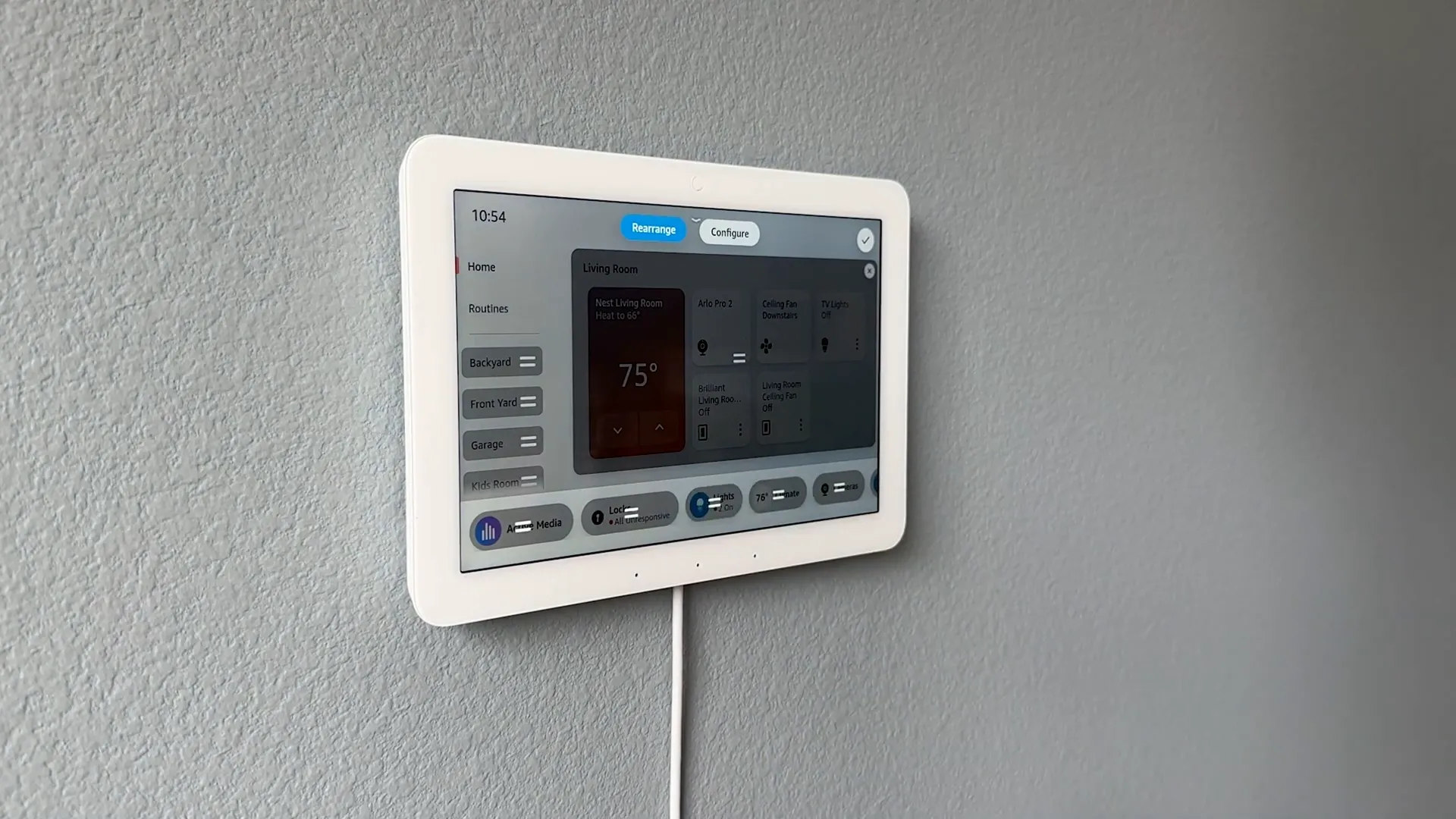
Performance and Responsiveness
While the Echo Hub offers a promising smart home control experience, it currently shows some performance issues. Users may notice delays when turning multiple lights on or off, with noticeable lag between command and execution. The interface can feel jittery and slow, especially when moving widgets or accessing camera feeds.
There is concern that, similar to other Amazon devices like the Fire TV, the Echo Hub may experience further sluggishness over time. Monitoring software updates and long-term performance will be important for those considering this device as a central home dashboard.
Additional Features
The device includes a picture mode that transforms the screen into a rotating digital photo frame when idle. Users can upload personal images or select from curated categories such as nature or art. Currently, no advertisements appear in this mode, which enhances its appeal as a tasteful home accessory.
Presence detection activates the display and returns the user to their last screen when someone approaches within about three feet. After about a minute of inactivity, the device reverts to picture mode, blending functionality with aesthetic appeal.
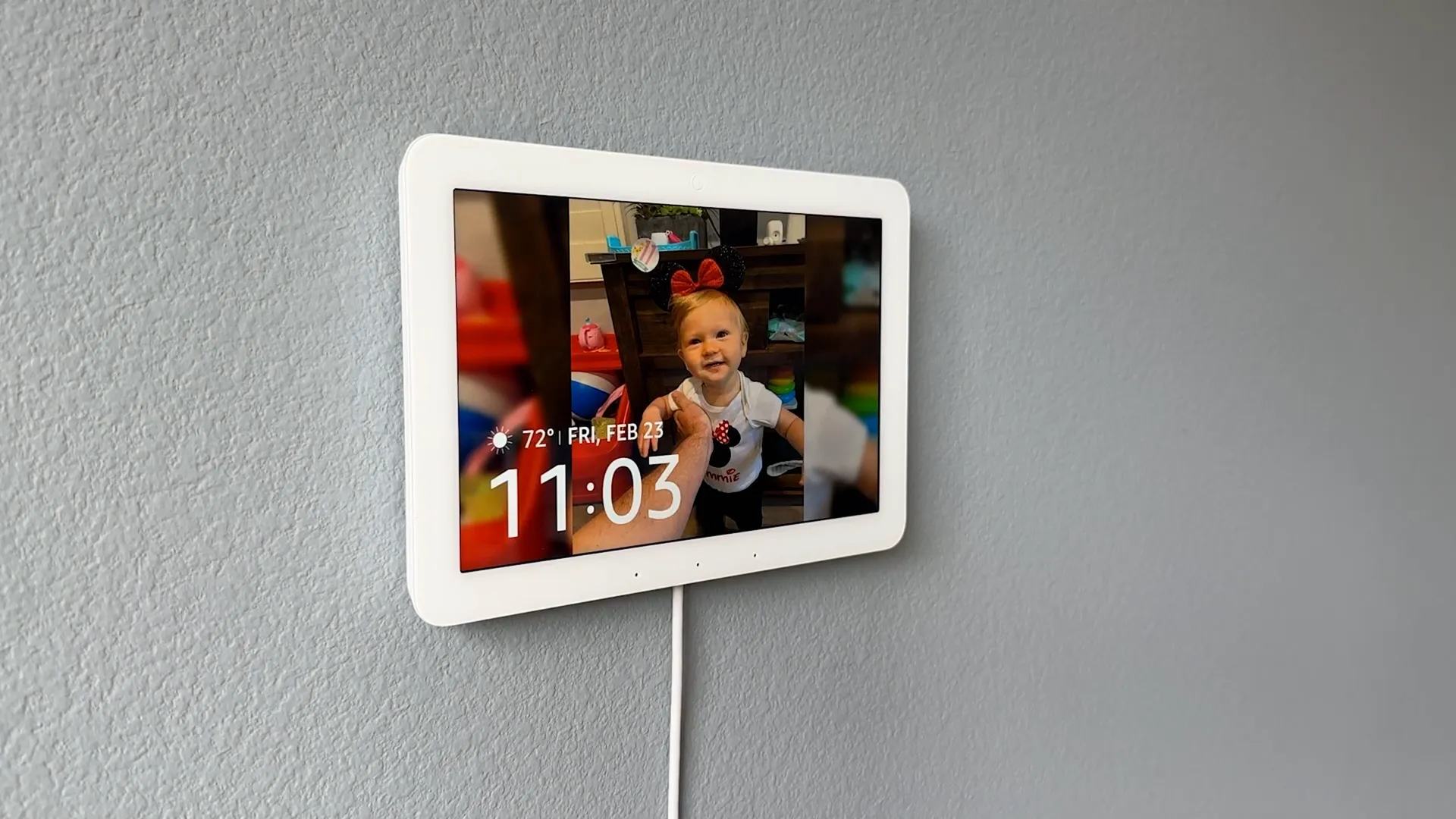
Conclusion
The Amazon Echo Hub introduces a dedicated smart home dashboard that surpasses the usability of traditional Echo Show devices for home automation control. Its hardware design, power options, and integration with Alexa routines make it a valuable tool for managing connected devices across rooms.
However, current software limitations such as slow responsiveness, limited thermostat controls, and a clunky widget interface suggest that the Echo Hub is still a work in progress. Homeowners and renters seeking a smart home dashboard should weigh these factors against their needs and consider the likelihood of improvements through future updates.
For those eager to integrate a central control panel into their smart home, the Echo Hub offers a solid foundation with room to grow, especially if Amazon expands the software to larger devices like the
.Frequently Asked Questions
Does the Echo Hub have a built-in camera?
No, the Echo Hub does not include a camera, which may be preferred by users concerned with privacy.
Can the Echo Hub control all smart home devices?
The Echo Hub displays and controls devices configured through the Alexa app, including lights, switches, thermostats, and compatible cameras, but some controls like switching heating/cooling modes on thermostats require voice commands.
Is the Echo Hub easy to install?
Yes, it can be placed on a stand or wall-mounted. Its lightweight design and cable management features make installation straightforward, with options for power over Ethernet.
How responsive is the Echo Hub when controlling multiple devices?
There is currently a noticeable delay when turning multiple lights on or off, and some interface actions can feel sluggish, though future updates may improve performance.
Can the Echo Hub display personal photos?
Yes, it has a picture mode that rotates personal photos or curated categories when idle, functioning as a digital photo frame without ads at this time.
